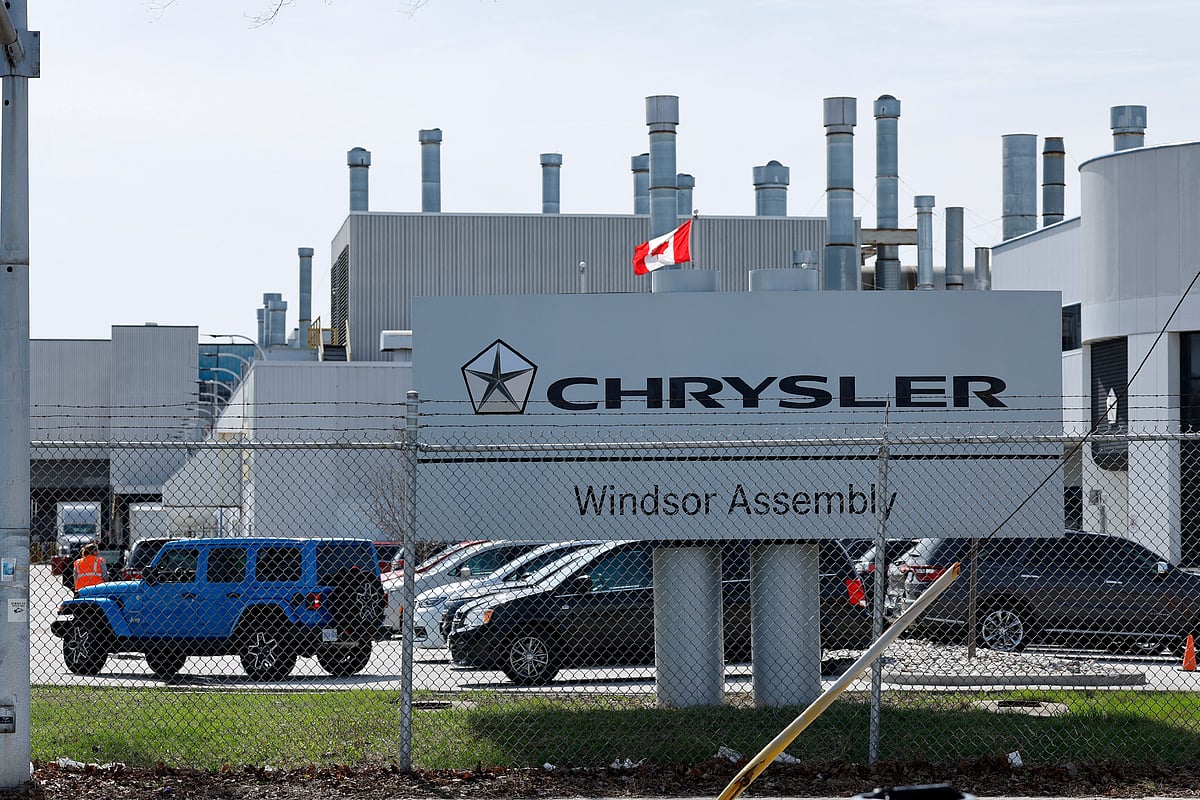Uncertainty for Brampton Jeep Plant Amid Stellantis Plans
Stellantis, the multinational automotive manufacturer, is undergoing significant changes as it rolls out a $13 billion investment strategy aimed at enhancing its operations in the United States. This initiative has raised concerns regarding the future of the company’s Canadian facilities, particularly the Jeep plant in Brampton, Ontario.
Investment Strategy and Plant Retooling
The investment plan is part of Stellantis’ broader effort to strengthen its market position and mitigate potential tariffs on foreign vehicles. As part of this strategy, the company had initially announced plans to retool its Belvidere, Illinois plant for Jeep production. However, in February 2024, Stellantis paused this retooling process following threats of tariffs from former President Donald Trump, although the company reassured stakeholders that it intended to eventually resume operations.
Impact on Canadian Operations
The Brampton plant, which previously employed around 3,000 unionized workers, has become a focal point in discussions about the company’s future in Canada. A spokesperson for Stellantis emphasized the importance of Canada to the company, stating that plans for the Brampton facility would be shared after further discussions with the Canadian government.
Prime Minister Mark Carney has expressed the government’s expectation that Stellantis will honor its commitments to the Brampton workforce. He noted that the government, in collaboration with the Government of Ontario and Unifor, is actively working with Stellantis to ensure job security and explore new opportunities for affected employees.
Union Response and Worker Advocacy
Lana Payne, the national president of Unifor, has voiced strong opposition to any potential job losses at the Brampton plant. She argued that the company must not be allowed to backtrack on its promises to Canadian workers. Payne called for urgent action, stating that preserving the Brampton Assembly should be a national priority and that the government must send a clear message to corporations about the importance of maintaining jobs in Canada.
FAQs
What is Stellantis’ investment plan focused on?
Stellantis’ $13 billion investment plan aims to enhance its operations in the U.S. and address potential tariffs on foreign vehicles, which may impact production strategies.
How many workers are currently employed at the Brampton plant?
The Brampton plant employed approximately 3,000 unionized workers when it was actively producing vehicles.
What actions are being taken to protect jobs at the Brampton facility?
The Canadian government, along with Unifor and the Government of Ontario, is working with Stellantis to develop measures that safeguard jobs and create new opportunities for workers in the Brampton area.
Conclusion
The future of the Brampton Jeep plant remains uncertain as Stellantis navigates its investment strategy and potential tariff implications. Ongoing discussions between the company and Canadian officials will be crucial in determining the fate of the facility and its workforce. Stakeholders are hopeful for a resolution that prioritizes job security and operational stability in Canada.
The Brampton Jeep plant has been a significant part of Stellantis’ operations in Canada since its opening, contributing to the local economy and providing employment opportunities in the region. The facility has historically produced various models, including the Chrysler 300 and Dodge Charger, which have been popular in the North American market. However, the automotive industry is undergoing a transformation, with a growing emphasis on electric vehicles (EVs) and sustainability. This shift poses challenges for traditional manufacturing plants, including Brampton, as companies adapt to new technologies and consumer preferences.
In light of these industry changes, Stellantis has been exploring ways to integrate electric vehicle production into its existing facilities. The company has announced plans to invest in EV technology and infrastructure, which may influence future production decisions at the Brampton plant. The transition to electric vehicles is not only a response to market demand but also a strategic move to align with global environmental regulations aimed at reducing carbon emissions. As Stellantis evaluates its manufacturing footprint, the Brampton facility’s ability to pivot towards EV production could play a crucial role in its long-term viability.
The ongoing dialogue between Stellantis and Canadian officials will likely address not only job preservation but also the potential for innovation and modernization within the Brampton plant. Stakeholders are keenly aware that the decisions made in the coming months will have lasting implications for the workforce and the broader automotive landscape in Canada. As the company navigates these complexities, the outcome will depend on a combination of market conditions, government support, and the company’s strategic vision for its Canadian operations.
Also Read:
Sharjah Introduces New Vehicle Impoundment Regulations







